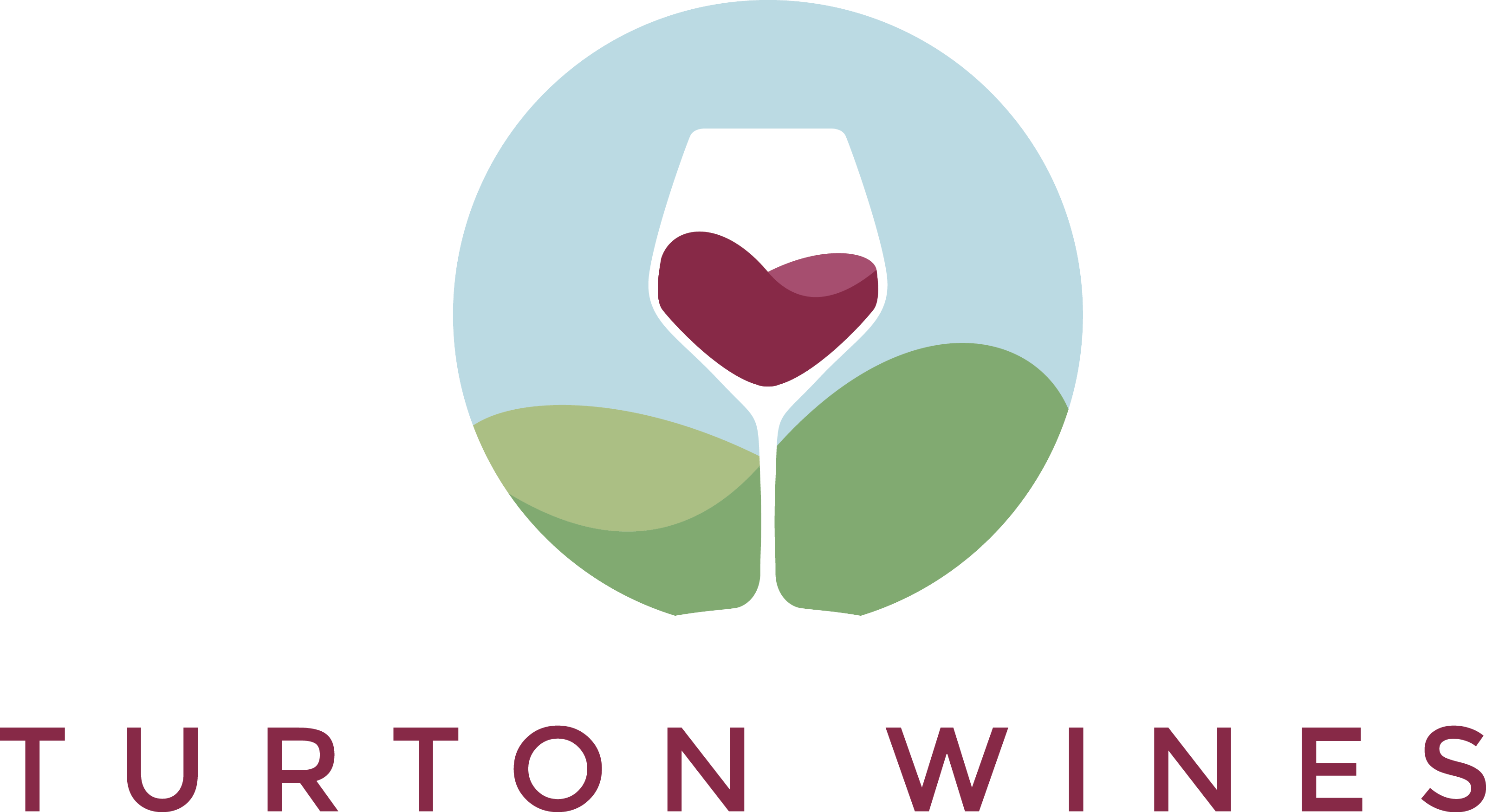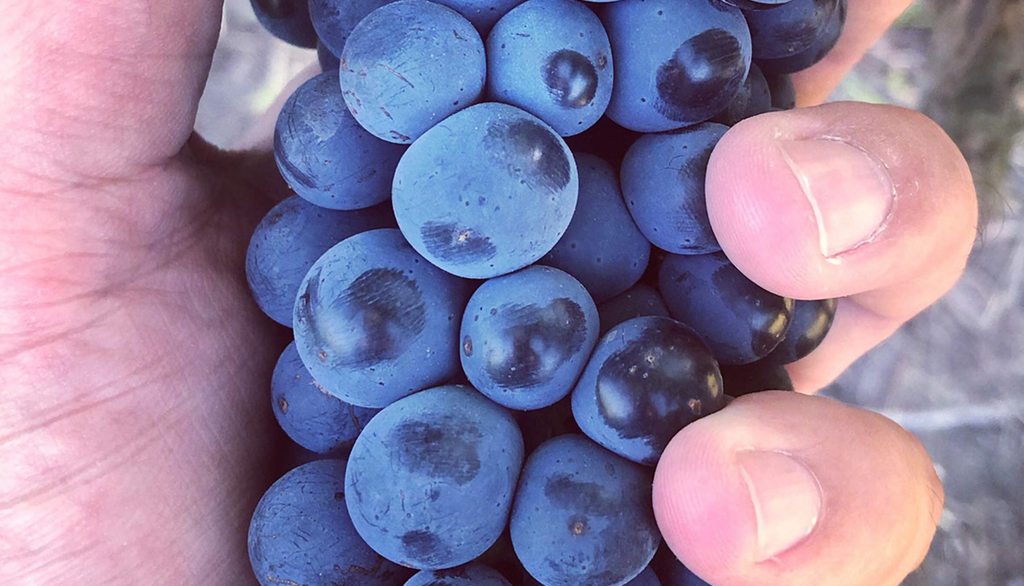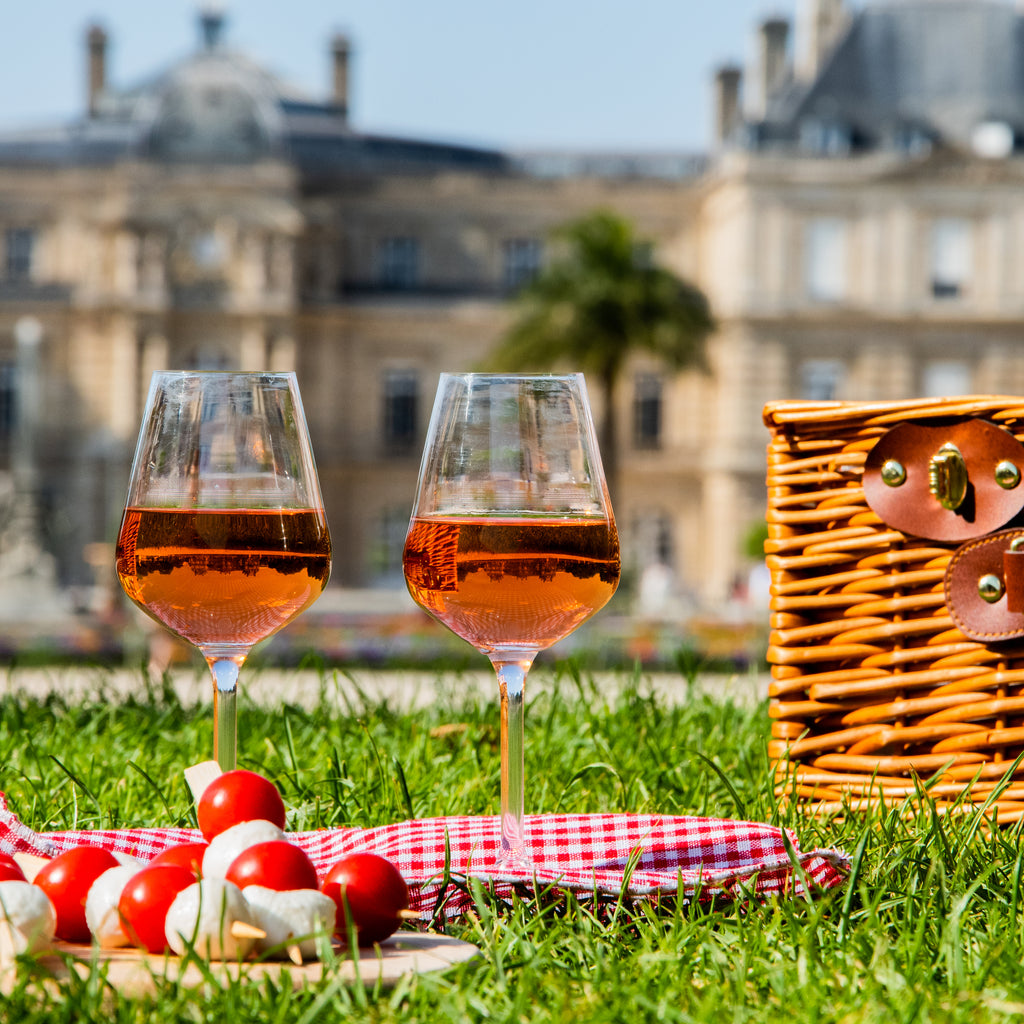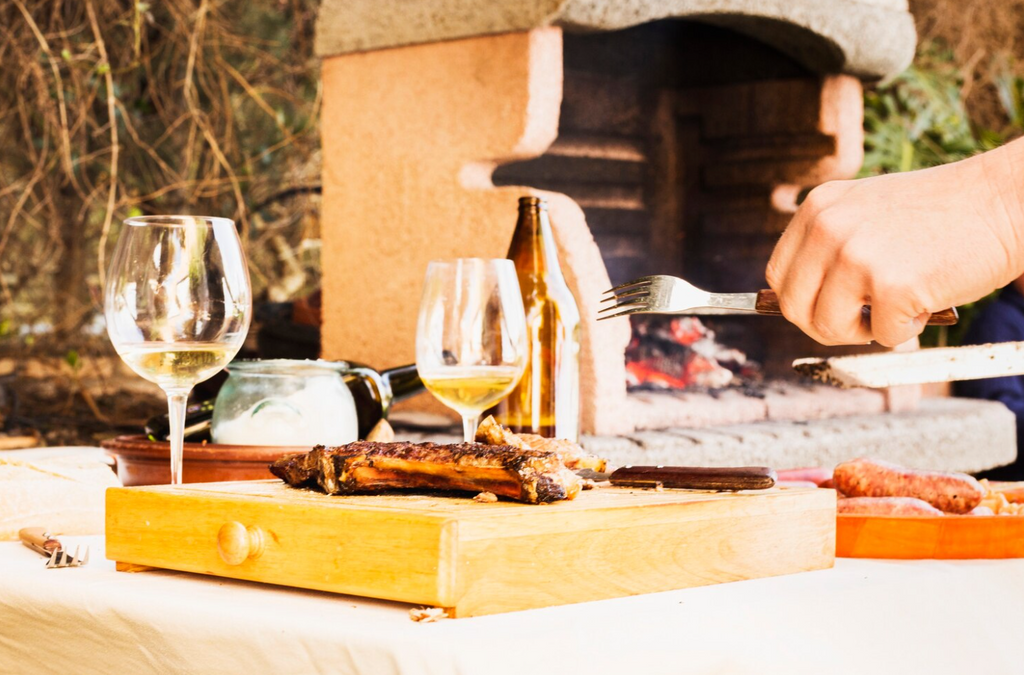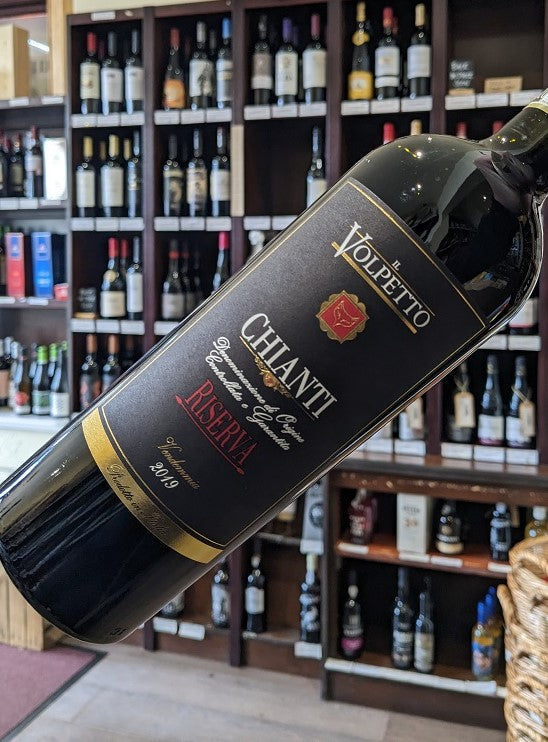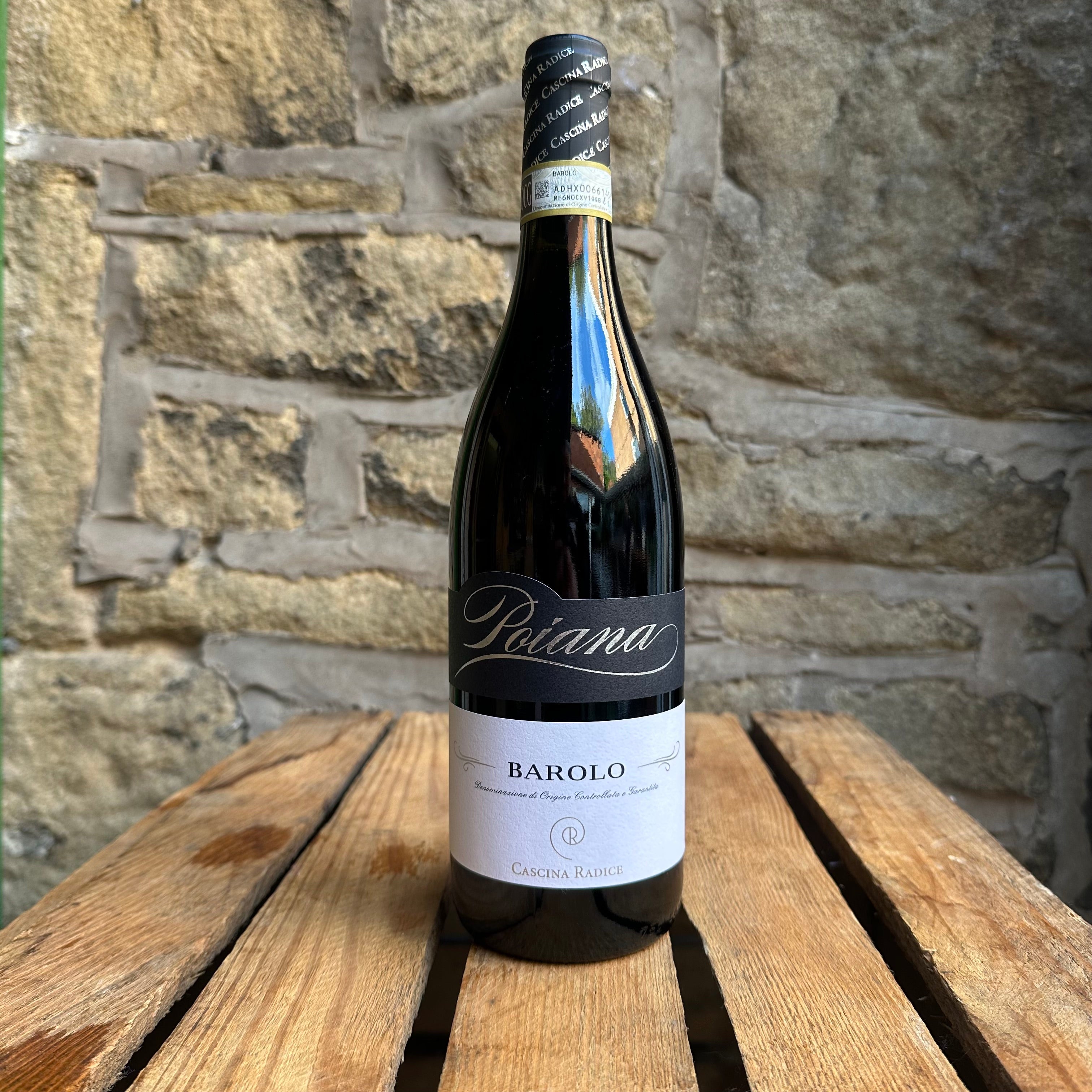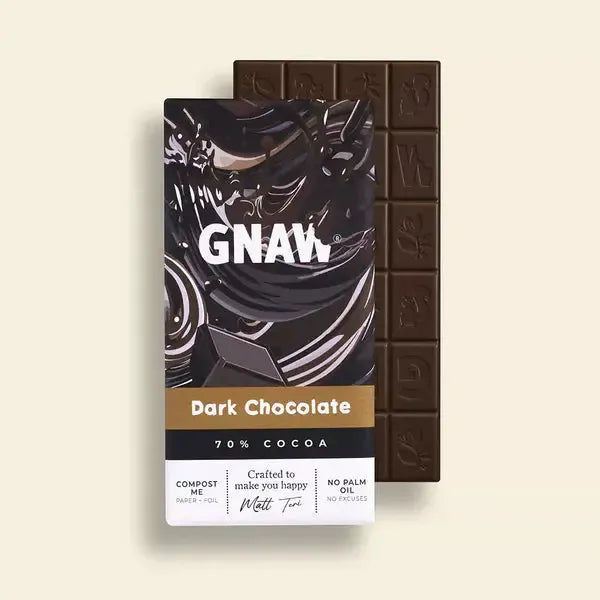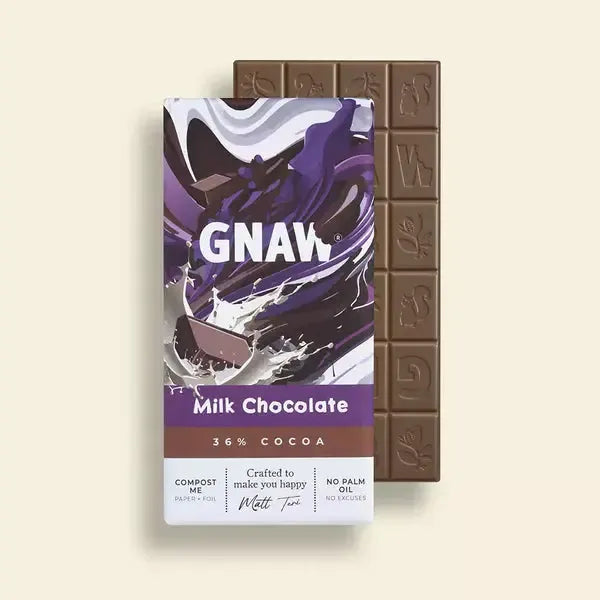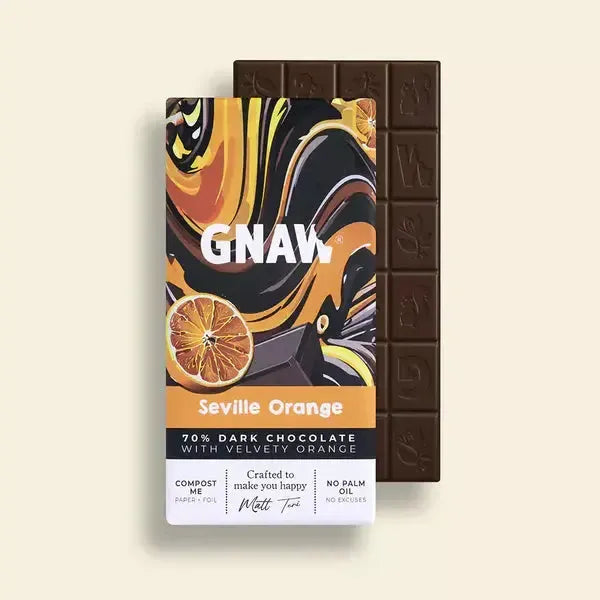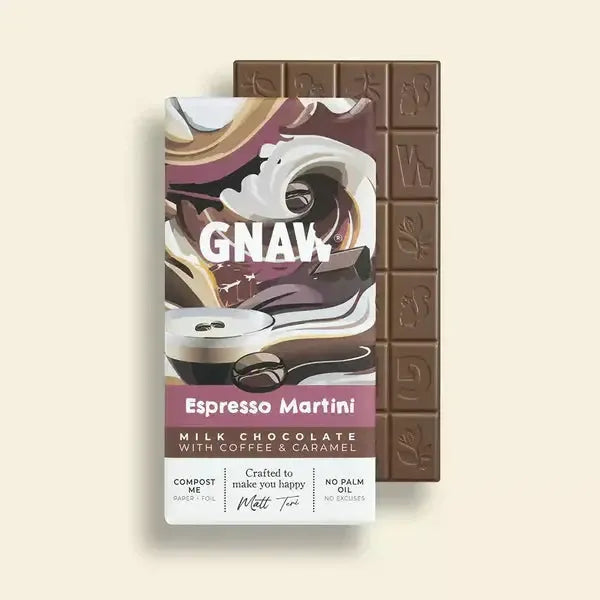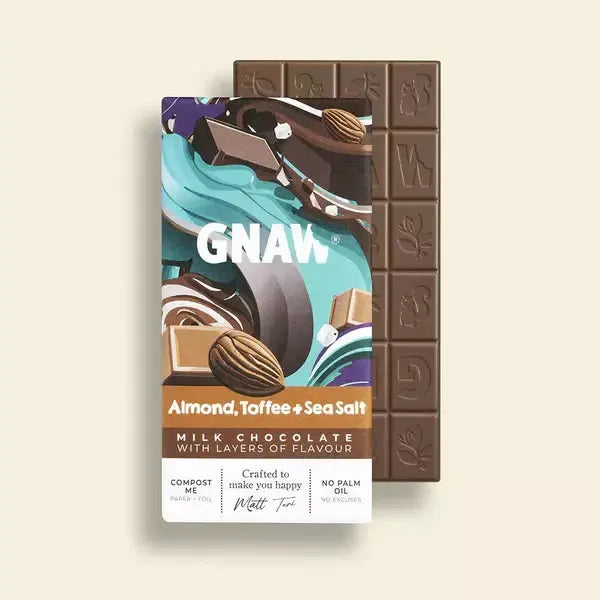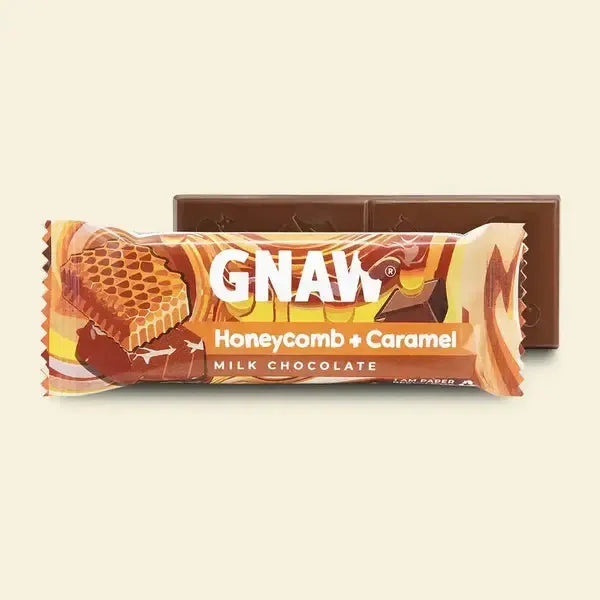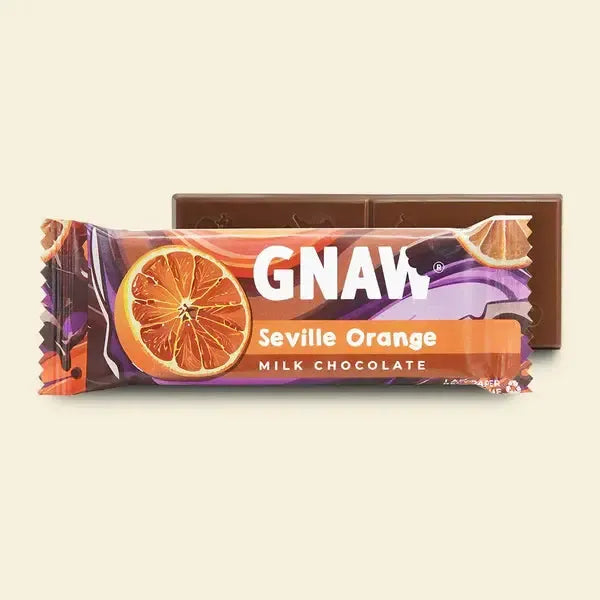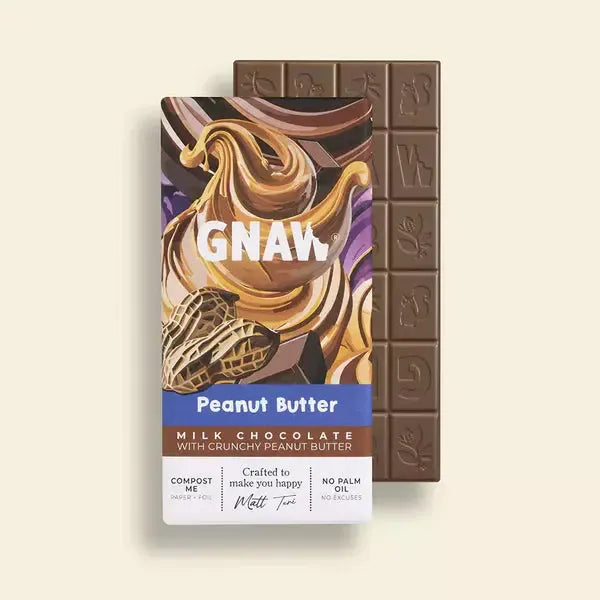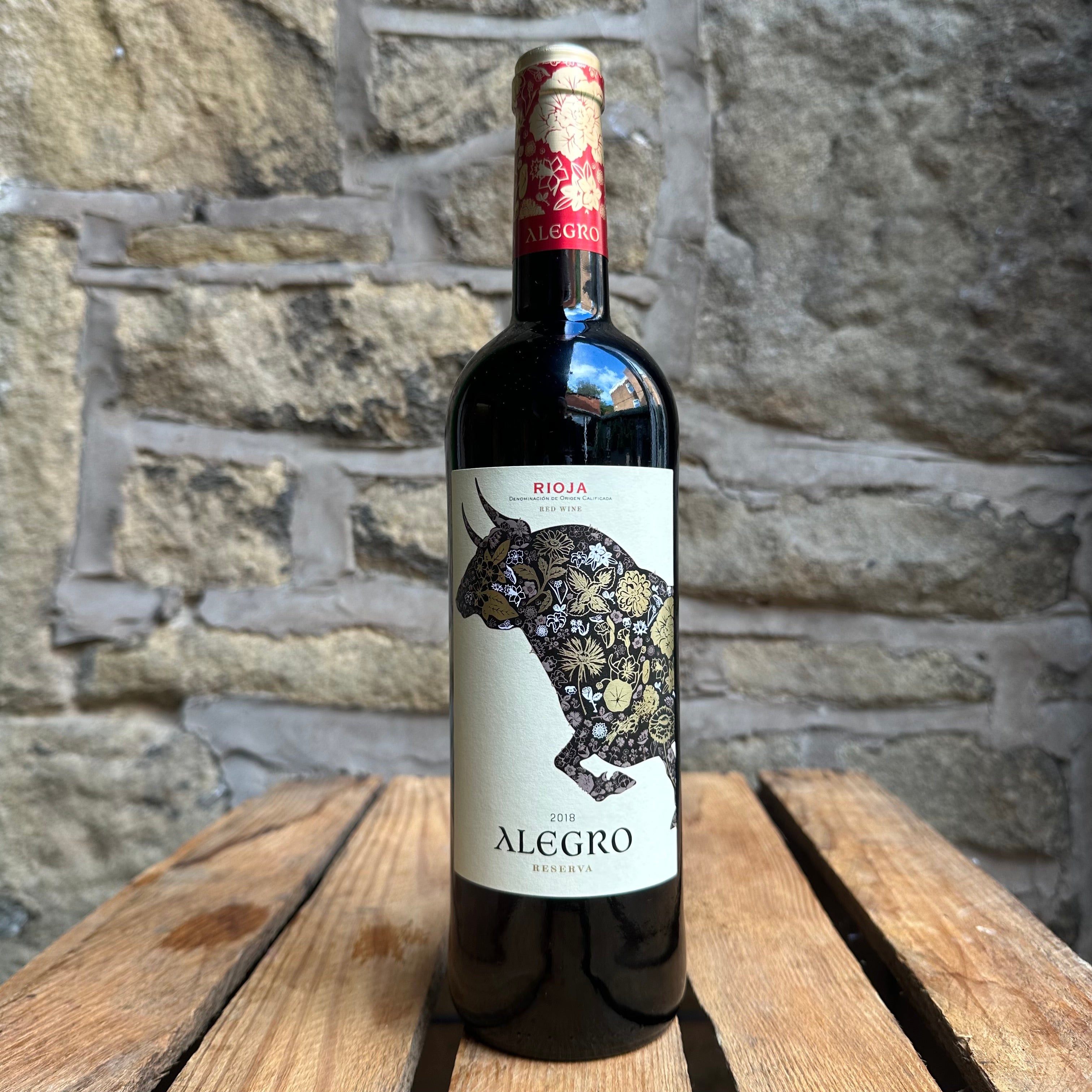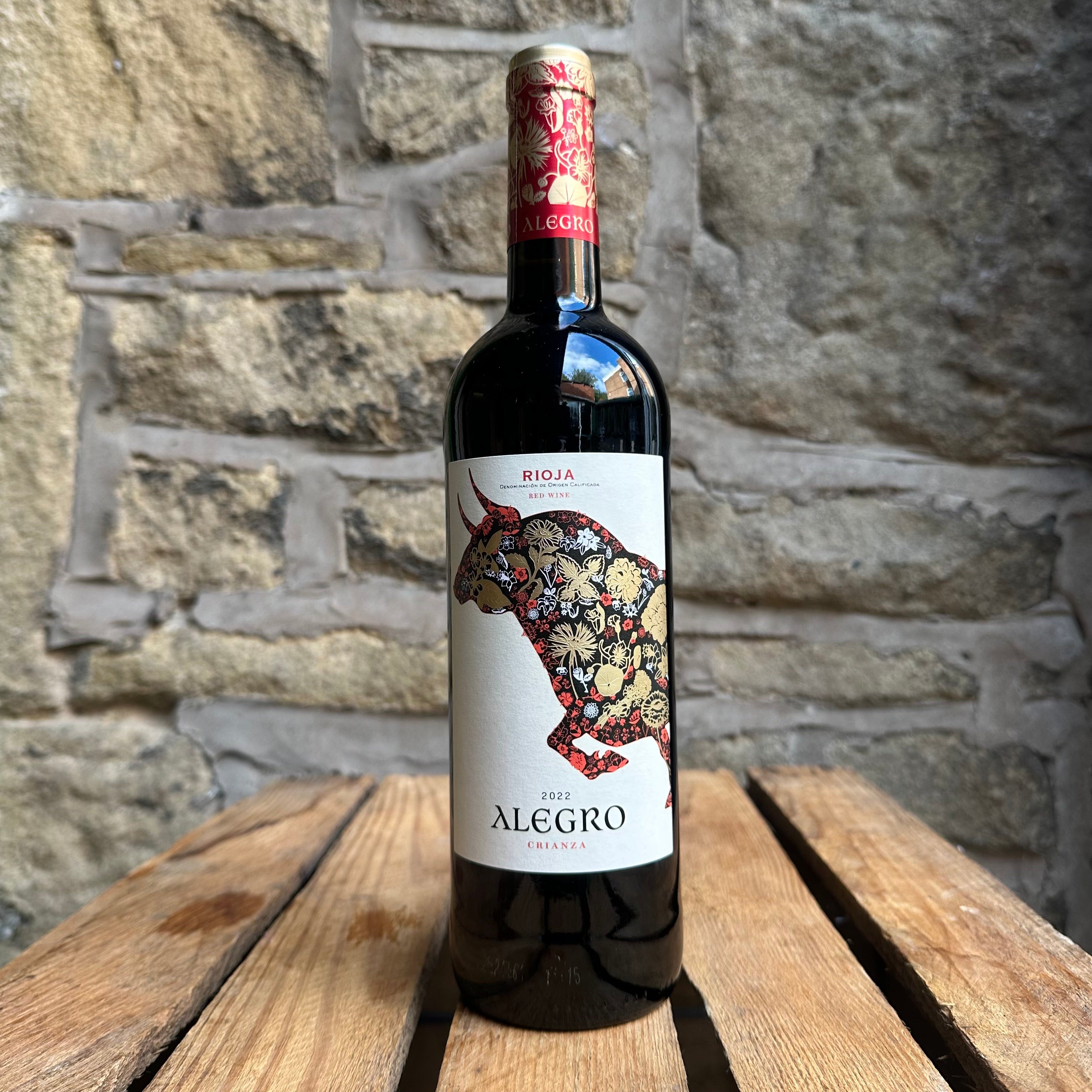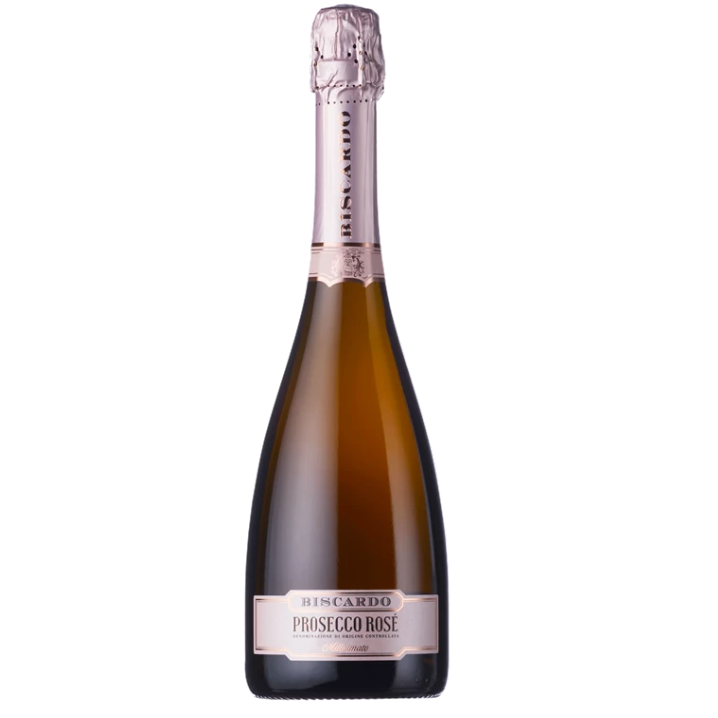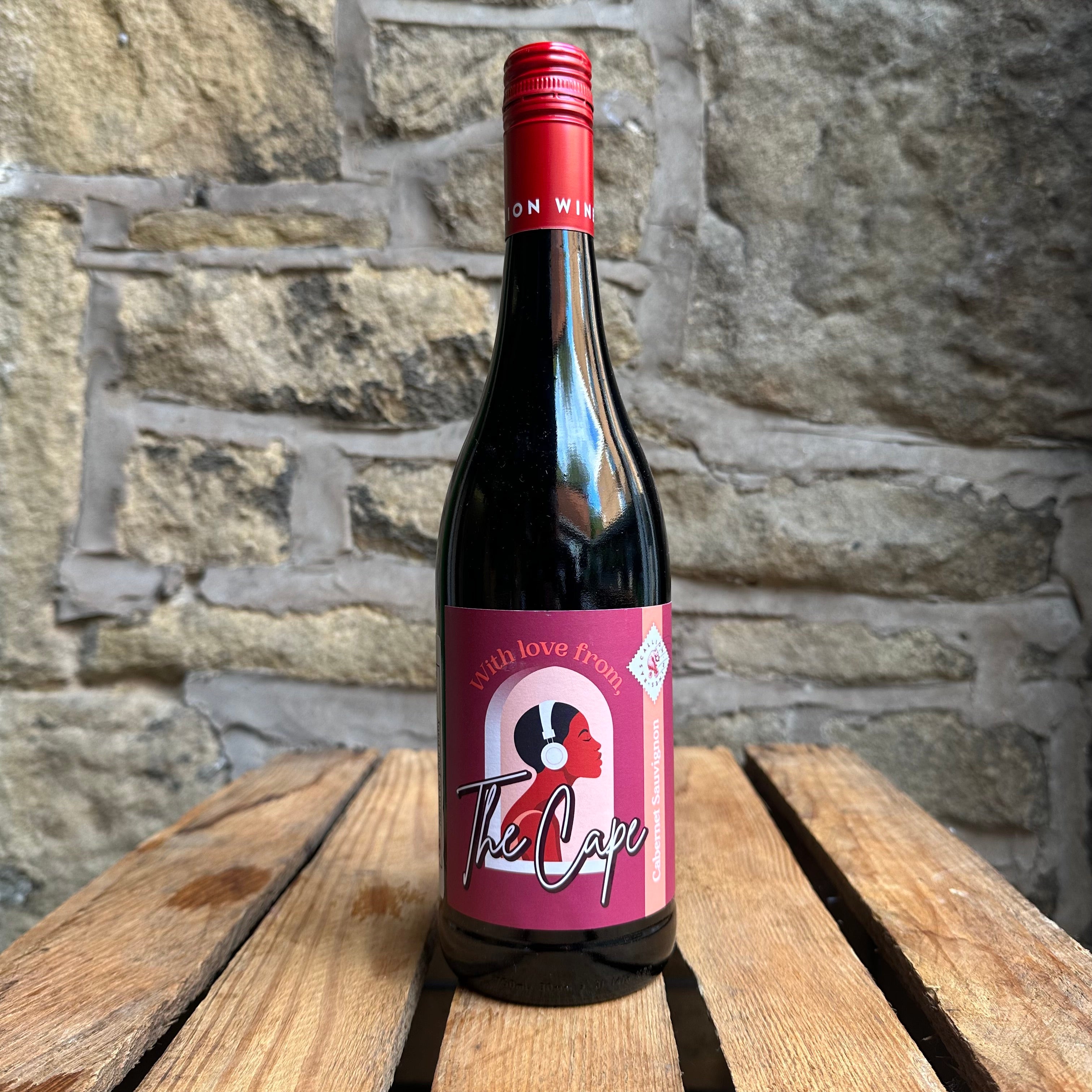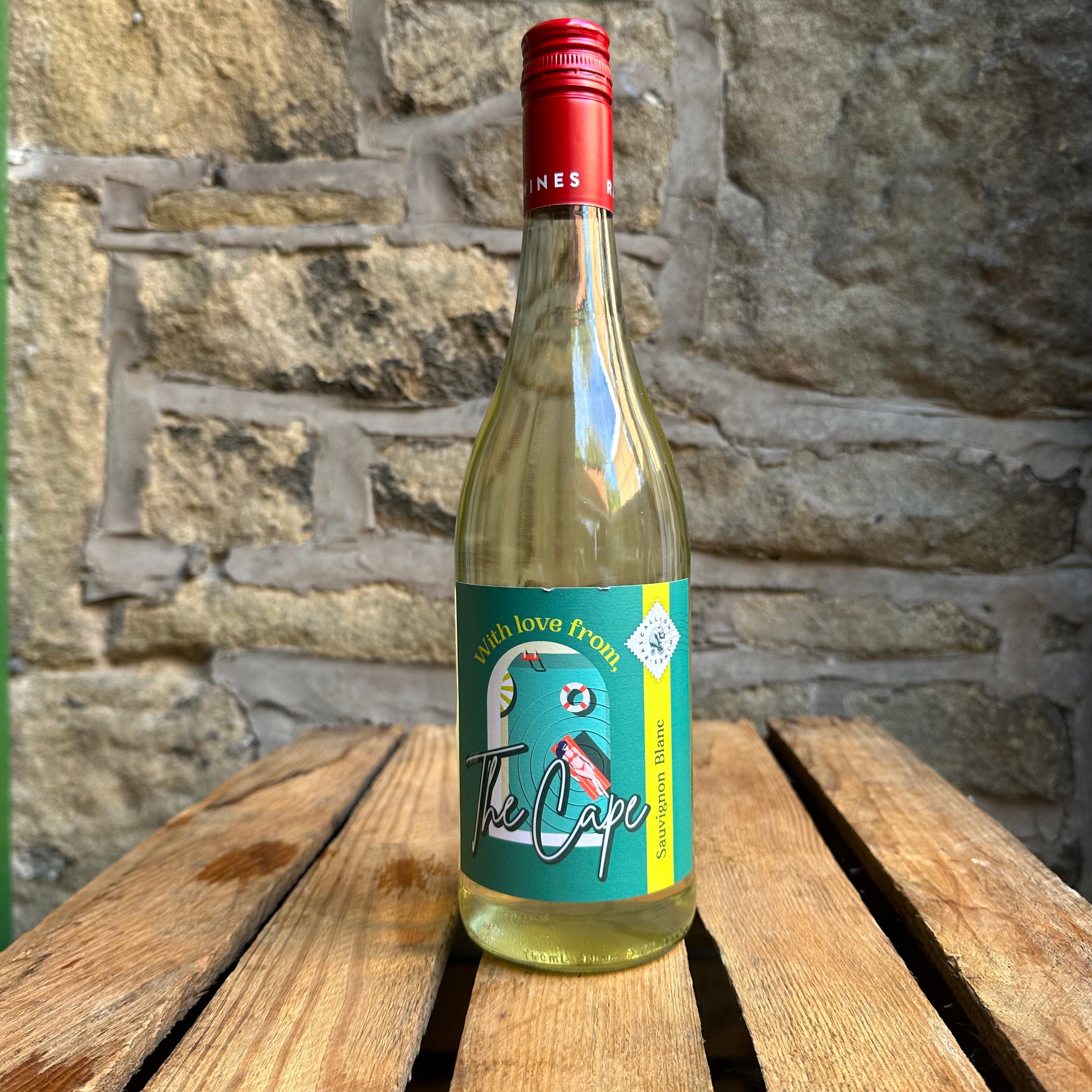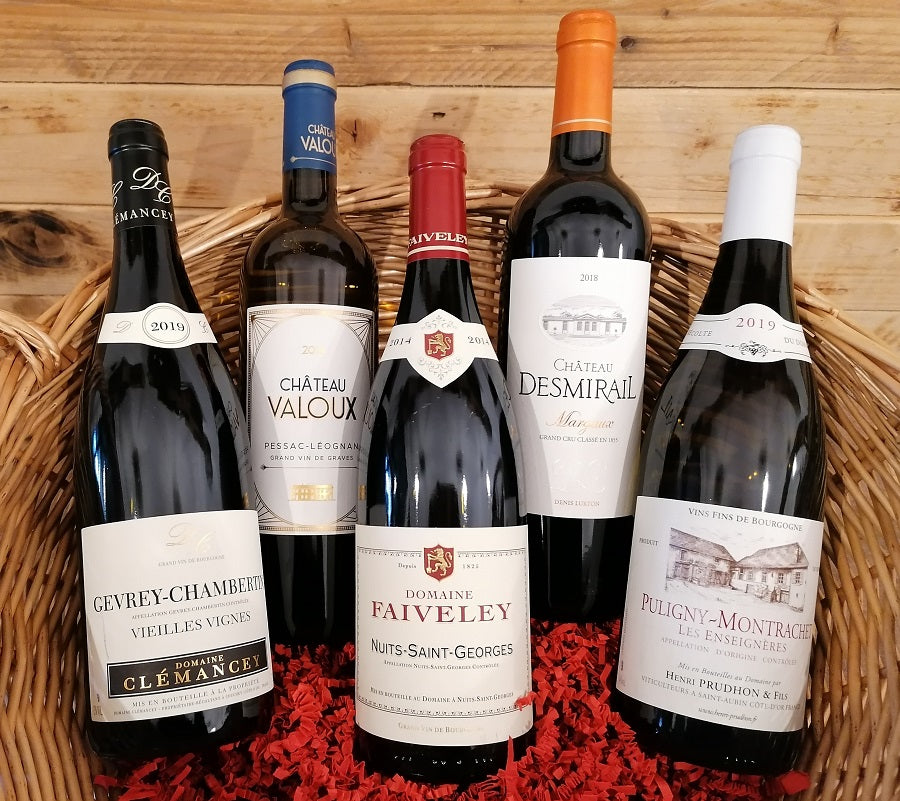
Fine French Wines

We're proud of our fine wine collection here at Turton Wines and recently welcomed more of the best French wines into our range. Read on to find out more about these gems of Burgundy and Bordeaux.
BURGUNDY
Burgundy is known as the home of Pinot Noir and mastered its cultivation very early on. Present and cultivated since at least the 1st century AD, the region's short ripening season, particularly in the Cote D'Or, was loved by this early ripening grape. Cool mornings, warm and long afternoons, and cool misty evenings helped its growth. The region still contains some of the finest Grand and Premier cru vineyards.
COTE DE NUITS
One of the most famous areas in the Cote D'Or is the Cote de Nuits, a collection of villages that lies at its northern tip and includes the two renowned villages of Nuits St George and Gevrey-Chambertin. NUITS ST GEORGES lies at the southern end of Cote de Nuits and became an appellation in 1972, producing exceptional wines from chalky, rocky soils underlaid by a base of limestone. Their Pinot Noir wines tend to have lighter, fresher red berry fruit flavours with more notes of wood, fig, chocolate and smoke from oak ageing. They are known for good ageing potential of at least 5-10 years, with some even peaking after two decades in bottle.
Domaine Faiveley was founded in 1825 and the family has developed the Joseph Faiveley signature for almost 200 years. Their Nuits St Georges is produced with hand harvested old and new vine Pinot Noir grapes. Aged for 14 months in French oak barrels (20-30% new oak) with further cellar rest in vats for 2 months before release, it is fresh and crispy with fine balance of tannins and acidity. Aromas of small red and black fruits, oak and spice with flavours of blackberry and cherry, this wine has potential for further cellar ageing of 8 to 10 years.
GEVREY-CHAMBERTIN sits towards the north of the Cotes de Nuits and holds mixed soils of clay-calcareous, gravel and limestone. Its Pinot Noirs differ from Nuits St Georges in bolder colour with fuller body, structure and tannins. Fruit flavours tend to be riper alongside earth, violet and liquorice from oak ageing.
Domaine Clemancey has been a family business for several generations and oversee 8 hectares, undertaking all elements of production from vineyard to cellar, taking pride in truly crafted wines. Their Gevrey Chambertin is produced from old Pinot Noir vines planted in 1945 that are manually harvested. The wine is aged in oak barrels for 12 to 18 months and production is limited to 1200 bottles a year. Strawberry, black cherry and violet take the fore in its pleasant youth, with ageing bringing out liquorice and leather.
COTES DE BEAUNE
The Cotes de Beaune area of Burgundy sits at the southern tip of the Cote D'Or and is known for its mastery of the Chardonnay grape with numerous Premier and Grand Cru vineyards. The PULIGNY-MONTRACHET appellation sits just south of Meursault and was awarded its status in 1937. Soils are predominantly of limestone browns or marl-clay limestone. Chardonnays tend towards multiple layers of complexity with elements of florals, orchard fruit, citrus, nuts and herbs.
Domaine Prudhon was founded by the son of a wine grower, Henri Prudhon, who established the estate in 1945. Their wider reach increased significantly from the early 1980's, with plots acquired in Chassagne-Montrachet and Puligny-Montrachet. Their Puligny-Montrachet is a fine Chardonnay that uses grapes from their prized Les Enseigneres vineyard with 30 and 80 year old vines. The wine is aged on lees for 15 to 18 months in oak barrels, 20% of which is new. Golden with aromas of ripe white stone fruit, toasted oak and soft florals, the rich palate cuts through with additional citrus and minerality, nuts, and a smoky finish. Excellent to drink now, but can further age in the bottle for up to 8 years.
BORDEAUX (LEFT BANK)
The Left Bank of Bordeaux is renowned for powerful Cabernet Sauvignon-based wines with some of the most famed Chateau and appellations in the world. The environment generally has deep limestone soils complemented by a gravel topsoil. This means that vines reach further for their nutrients and helps create robust and powerful Cabernet Sauvignon grapes. Many vineyards hold old vines, providing wonderful complexity of flavour and potential for long ageing, sometimes for decades.
HAUT-MEDOC
The northern Medoc area becomes the famous Haut-Medoc at the tip of the Left Bank, where favoured grapes are Cabernet Sauvignon and Merlot. This area holds some of the original and most famous Bordeaux appellations. Soils have the most gravel with region-wide limestone layers underneath, as well as heavy clay and sand. MARGAUX is one of the most renowned appellations with soils of very high gravel content, meaning their vines are some of the most hard-working in the area.
Chateau Desmirail is run by Denis Lurton of the Lucien Lurton family, stalwarts of Bordeaux. The new vintage of their Margaux blends majority Cabernet Sauvignon with secondary Merlot. Grapes are hand harvested and parcels vinified separately, with older vines in oak and younger fruit in stainless steel. Blending and maturation in oak barrels for 12 months before release. A wine with intense aromas of wildflower and black cherries underlaid by more delicate red and black berry fruits, subtle leather and tobacco. Pleasantly light and silky palate with excellent balance and a mouthful of blackcurrant on the finish.
GRAVES
Graves sits further south in Bordeaux on the left side of the Garonne, and is so named due to its gravel soils. It garners great respect for both its red and white wines with red favouring Cabernet Sauvignon and Merlot, and whites leaning towards Sauvignon Blanc and Semillon. PESSAC-LEOGNAN is one of its most famous appellations and is an area that holds itself up significantly within the wider Graves area as being in a class of its own.
Chateau Valoux has produced wines under the management of neighbouring Chateau Bouscat, since 1929 with clay-limestone vineyards dating back to the 17th century, The famed Lurton family have overseen production since 1979. Recently added to our range to complement their beautiful Pessac-Leognan Rouge, their Pessac-Leognan Blanc uses hand harvested Semillon and Sauvignon Blanc grapes fermentated in stainless steel tanks before barrel ageing for 10 months with 35% new French oak. This creates a blooming garden of a wine, fragrant with white flowers. The mouth shows a fine balance of refreshing lime and sweet apricot.
